Military Drones Are More Diverse Than You Think, Here Are Some Of The Most Common
Aadhya Khatri - Dec 18, 2019
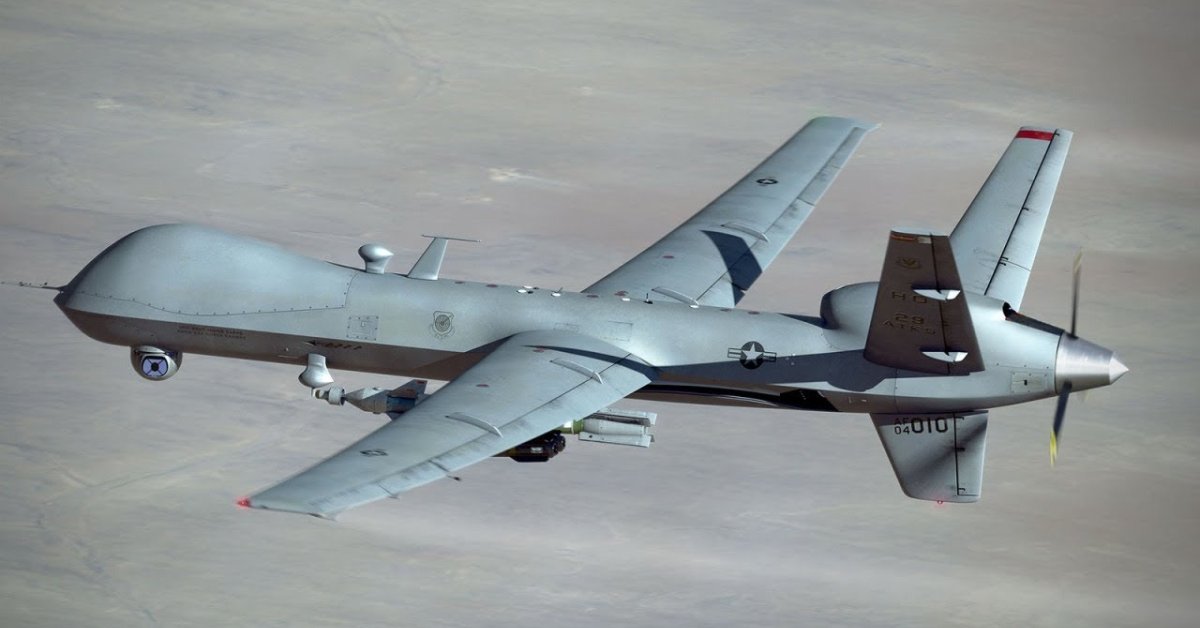
Here we will show you all of the existing types of drones as well as a brief explanation of what they can do
- Hundreds Of Drones Crashed Into Building During Performance
- This AI Defense System Forces Drones To Land Autonomously
- IIT Kharagpur Develops Drones To Bring 5G To Zero Network Area
Autonomous systems are revolutionizing the way battles are fought all over the world. One of the weapons that are attracting lots of attention recently is drones. Warfare has crossed a whole new milestone when Turkey announced that it would add machine gun drones to its armed force.
The term drones are actually broader than you may think, the variety covers all kinds of costs and purposes. So here we will show you all of the existing types of drones as well as a brief explanation of what they can do.
UCAV: Unmanned Combat Air Vehicle
UAV stands for Unmanned Aerial Vehicle and they can be armed to carry out assaults. Not many countries have UCAV and what they do is to guide missiles and bombs. A prime example of this type of drones is the CAIG Wing Loong of China, which has made its way to the Middle East and Africa.
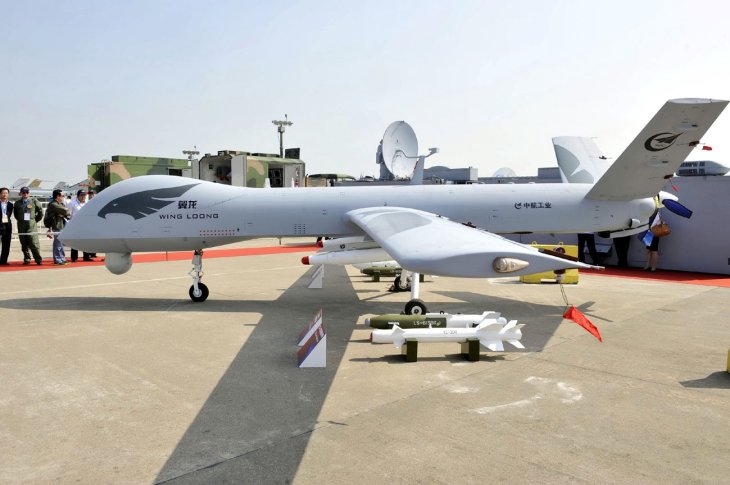
UAS: Unmanned Aerial System
UASs always require control stations, terminals based on the ground, video terminals, and some other equipment. So basically, most of them are UAVs with units for controlling.
An example of UAS is the U.S military’s MQ-9 Reaper, which can cover a distance of 1,900 km as well as staying in the air for more than 40 hours. The MQ-9 UAS package consists of four drones and multiple stations on the ground. The total cost of this package is around $64 million.
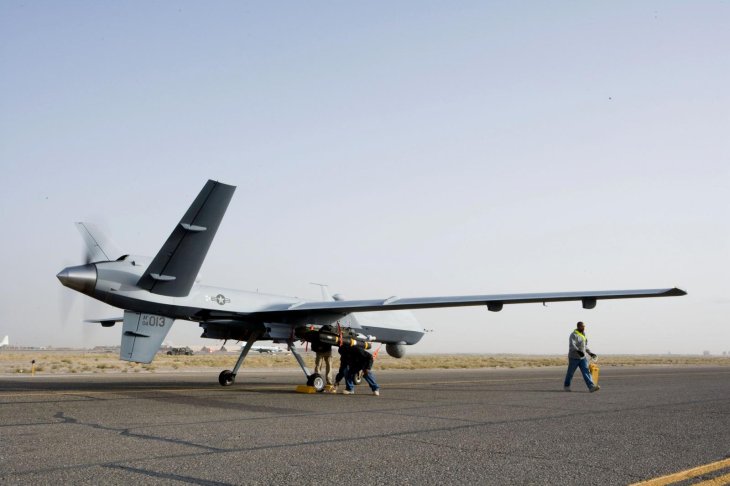
RPA or RPV - Remotely Piloted Aircraft/Vehicle
UVAs might be called RPA or RPV when the remote-control nature of the vehicle needs to be emphasized.
UAVs By Type
MALE drone
MALE is short for Medium-Altitude Long-Endurance. These drones are designed to fly around certain areas for hours and more. Their average altitude ranges from 3 km to 9 km.
HALE drone
HALE stands for High Altitude Long-Endurance and these drones can operate up to two days at a height of over 18 km. They make use of a system of sensors to do wide-areas surveillance.
A prime example of these drones is the RQ-4 Global Hawk.
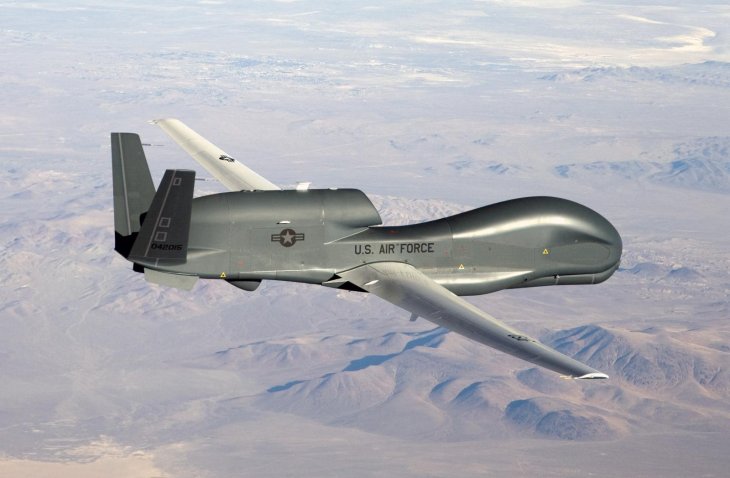
MAV - Micro Air Vehicles
They are so small that they can fit inside the palm of your hand. Their size means that they can be equipped to riflemen for surveillance purposes. The Black Hornet of the U.S military is one of these MAVs.
sUAS/sUAV or Minidrone - Small Unmanned Aerial System
The RQ-11 Raven belongs to this category for surveillance and they are being used by both some countries’ armed forces and the insurgents. Kamikaze drones are designed to carry out a suicide attack by crashing into the target.
One of the examples of kamikaze drones is the Israel Aeronautic Industry’s Harops.
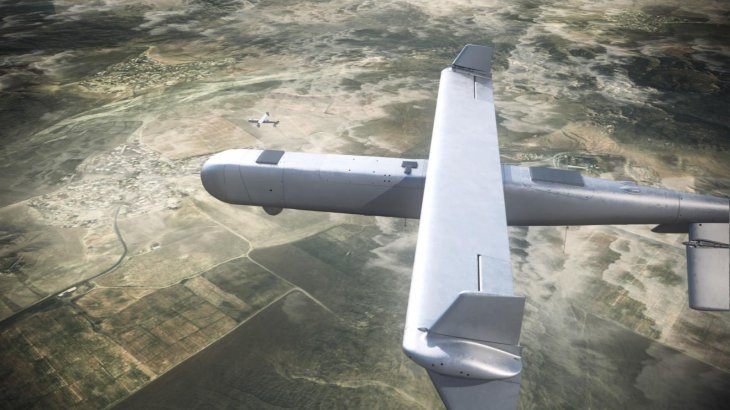
Ground-Based Drones
These drones are often used for dangerous missions like de-mining and demolition. Some new UGVs can also help with carrying equipment or wounded soldiers.
UGCVs are ground-based drones that can carry weapons to engage with the enemy. Since it is more challenging for a ground vehicle to maintain communication than airborne ones, this type of drones has not yet made it to battlefields.
The Uran-9 UGCV was used in Syria recently, but the results are far from promising. All the problems come down to the disruption of communication.
Sea-based Drones
USV - Unmanned Surface Vehicle
The Sea Hunter drone ship is undergoing tests as we speak and the U.S military has proposed the development of other kinds of USVs. Medium and Large multi-mission drone ships are being used by the U.S to lower the cost of personnel and distribute resources.
UUV - Unmanned Underwater Vehicle
An unmanned underwater vehicle is basically a submarine drone. Before this application in the military, there have been smaller systems used to retreat items from the sea.
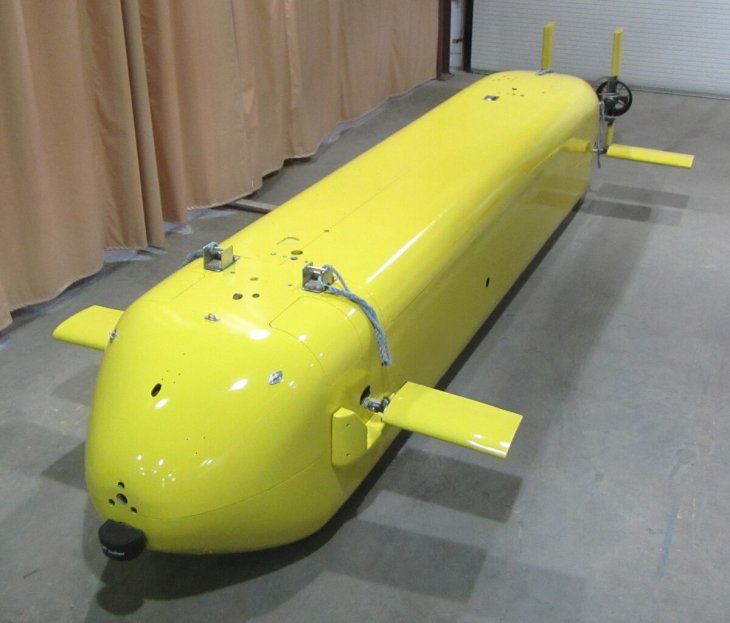
In the future, UUVs will consist of AUVs (short for Autonomous Underwater Vehicles) to hunt and search for submarines, as well as surface ships controlled by artificial intelligence, not human moderators. One of them is LDUUV (stand for Displacement Underwater Unmanned Vehicles), which can reach the capacity and the size of a submarine.
According to some sources, the first LDUUV in the world to be deployed might come from China.
Last year, Vladimir Putin made public that Russia is creating its own drone torpedo capable of firing from one continental to another. They will be used to carry out nuclear assaults on cities along the coasts or fleets of ships on the sea.
Control Systems
Since most drones depend on their human moderators to work, their range is restricted by how far the command can reach. For now, 160 km is the maximum distance between a Hermes UAV of Israel or a Bayraktar of Turkey from their command centers. Out of this range and the drones can no longer work.
One of the solutions is to use satellites to transmit signals. A team of human moderators can be at the USA and control MQ-9 drones in Afghanistan, with a delay of around 1.2 seconds.
While keeping soldiers at one place can cut cost, this method is of no use when it comes to reduce PTSD (short for Post Traumatic Stress Disorder). The work shift of 12 hours each can make matters worse.
A system controlled remotely needs to be programmed to return to a certain base or avoid crashing on its own when the command link is interrupted. Semi-autonomous drones can operate on their own if necessary. However, a human operator is still needed to intervene whenever the situation gets out of hand.
There are some systems that are fully autonomous and need no human aid to complete missions.
Featured Stories

Features - Jul 01, 2025
What Are The Fastest Passenger Vehicles Ever Created?

Features - Jun 25, 2025
Japan Hydrogen Breakthrough: Scientists Crack the Clean Energy Code with...

ICT News - Jun 25, 2025
AI Intimidation Tactics: CEOs Turn Flawed Technology Into Employee Fear Machine

Review - Jun 25, 2025
Windows 11 Problems: Is Microsoft's "Best" OS Actually Getting Worse?

Features - Jun 22, 2025
Telegram Founder Pavel Durov Plans to Split $14 Billion Fortune Among 106 Children

ICT News - Jun 22, 2025
Neuralink Telepathy Chip Enables Quadriplegic Rob Greiner to Control Games with...

Features - Jun 21, 2025
This Over $100 Bottle Has Nothing But Fresh Air Inside

Features - Jun 18, 2025
Best Mobile VPN Apps for Gaming 2025: Complete Guide

Features - Jun 18, 2025
A Math Formula Tells Us How Long Everything Will Live

Features - Jun 16, 2025
Comments
Sort by Newest | Popular